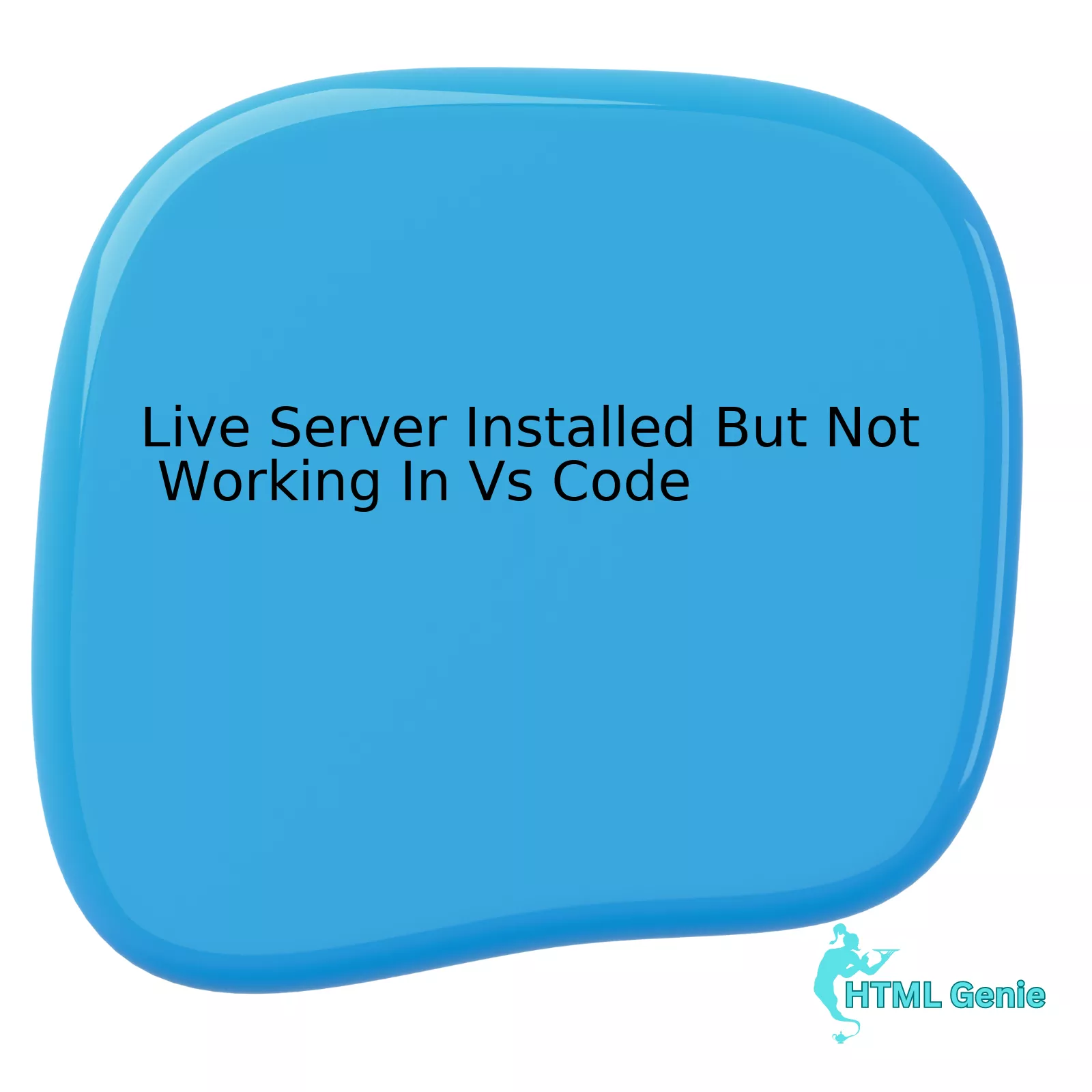In the grand architecture of the digital world, every website, application, and online experience is built upon a fundamental partnership. This partnership is between structure and style, substance and surface, function and form. We can think of this as the relationship between raw metal and the intricate shades of its finish. The “metal” is HTML (HyperText Markup Language), the unyielding, essential skeleton that gives content its meaning and order. The “shades” are CSS (Cascading Style Sheets), the vibrant palette of colors, layouts, and animations that transform that raw structure into a compelling and usable experience. Mastering modern frontend development is an exercise in understanding the profound synergy between these two forces.
This journey is no longer about simply placing text and images on a page. It’s about crafting responsive, accessible, and performant digital spaces that work seamlessly across a universe of devices. This comprehensive HTML CSS tutorial will delve into the various “shades of metal,” exploring the core principles and advanced techniques that define high-quality web development today. We will forge a path from the foundational importance of Semantic HTML to the dynamic power of modern layout systems like CSS Flexbox and CSS Grid, ensuring you have the knowledge to build not just websites, but exceptional digital experiences.
Forging the Framework: The Unyielding Strength of Modern HTML
Before any paint can be applied, a sturdy structure must be erected. In web development, that structure is HTML. While it’s often seen as the “easy” part, mastering Modern HTML is about more than just memorizing tags; it’s about using them with intent and purpose to create a meaningful, accessible, and SEO-friendly foundation. This is the core of building a robust HTML Structure.
Beyond Divs: The Power of Semantic HTML
In the early days of the web, the <div> tag was the workhorse for all layout purposes, leading to a condition often called “div-itis”—a sea of nested, meaningless containers. The introduction of HTML5 Features brought a revolution in the form of Semantic HTML. These are HTML Tags that describe their meaning and the type of content they hold to both the browser and the developer.
Instead of generic containers, we now have a rich vocabulary of HTML Elements:
<header>: For introductory content or a set of navigational links.<nav>: Contains the primary navigation links for a site.<main>: Represents the dominant, unique content of the document.<article>: For self-contained compositions like a blog post, forum post, or news story.<section>: A thematic grouping of content, typically with a heading.<aside>: For content tangentially related to the content around it, like a sidebar.<footer>: Contains footer information for its nearest sectioning ancestor, such as author info, copyright data, or related links.
Using these tags correctly provides immense benefits. It dramatically improves Web Accessibility, as screen readers can use this semantic structure to help users navigate the page. It also provides clearer signals to search engines, potentially boosting SEO. Adhering to these W3C Standards is a cornerstone of professional Frontend Web development.
<!DOCTYPE html>
<html lang="en">
<head>
<meta charset="UTF-8">
<title>Semantic HTML Example</title>
</head>
<body>
<header>
<h1>My Awesome Website</h1>
<nav>
<ul>
<li><a href="/">Home</a></li>
<li><a href="/about">About</a></li>
</ul>
</nav>
</header>
<main>
<article>
<h2>The Power of Semantics</h2>
<p>This is the main content of our page...</p>
</article>
</main>
<footer>
<p>© 2023 My Awesome Website.</p>
</footer>
</body>
</html>
Structuring Data: Mastering HTML Tables and Forms
Two of the most critical structures on the web are for displaying data and capturing user input. HTML Tables should be used for their original purpose: presenting tabular data, not for page layout. Using `<thead>`, `<tbody>`, `<th>`, and the `scope` attribute makes tables more accessible and meaningful. Meanwhile, HTML Forms are the gateway to user interaction. Modern HTML provides powerful input types (`email`, `date`, `number`) and HTML Attributes (`required`, `pattern`, `placeholder`) that enable client-side validation and improve the UX Design without requiring JavaScript.

Painting the Finish: The Art and Science of Modern CSS
If HTML is the skeleton, CSS is the skin, muscle, and personality. It dictates the entire visual experience, from the overall Web Layout to the finest details of typography and color. Modern CSS has evolved far beyond simple styling, offering powerful tools for creating complex, dynamic, and responsive interfaces. This is where the true artistry of UI Design comes to life.
Mastering Web Layout: Flexbox vs. Grid
For years, creating a solid Page Layout in CSS involved hacks and workarounds. Today, we have two revolutionary layout modules that have transformed Web Design: Flexbox and Grid.
- CSS Flexbox: Ideal for one-dimensional layouts—either a row or a column. Think of aligning items in a navigation bar, distributing space between components, or vertically centering content within a container. It provides granular control over alignment, ordering, and spacing along a single axis, making it perfect for a Flexbox Layout.
- CSS Grid: Designed for two-dimensional layouts—rows and columns simultaneously. CSS Grid is the ultimate tool for creating the overall page structure, complex component layouts, or anything that requires precise control over both the horizontal and vertical axes. It enables a true Grid Layout system natively in the browser.
The key is knowing when to use each. A common best practice is to use Grid for the macro layout of the page and Flexbox for the micro layouts within components. Mastering both is essential for any modern CSS Tutorial.
/* Flexbox Example: Centering items in a container */
.flex-container {
display: flex;
justify-content: center; /* Horizontal alignment */
align-items: center; /* Vertical alignment */
height: 200px;
}
/* Grid Example: A simple 3-column page layout */
.grid-container {
display: grid;
grid-template-columns: 1fr 3fr 1fr; /* 3 columns with the middle being 3x wider */
gap: 20px;
}
Bringing Pages to Life: CSS Transitions and Animations
Static pages are a thing of the past. Subtle motion and feedback are critical for a good user experience. CSS Transitions and CSS Animations provide performant ways to add this dynamism.
- CSS Transitions: Provide a way to control the speed of property changes when an element changes state (e.g., on `:hover`). They create smooth, gradual effects instead of abrupt shifts.
- CSS Animations: For more complex, multi-step animations, the `@keyframes` at-rule allows you to define specific stages of an animation, giving you complete control over an element’s movement and style over time.
Leveraging these CSS3 Features can significantly enhance the perceived quality of an interface. Other powerful tools in the modern arsenal include CSS Variables (custom properties), which allow for themeable designs and easier maintenance of CSS Properties.
Responsive and Accessible by Design: Building for Everyone
A truly modern website is one that works for everyone, regardless of their device, screen size, or ability. The principles of responsive design and accessibility are not optional add-ons; they are fundamental requirements of professional web development.
The Responsive Revolution: Mobile-First Design

Responsive Design is an approach where the design and layout of a website adapt to the user’s screen size and orientation. The most effective strategy for this is Mobile-First Design. This practice involves designing for the smallest screen (mobile) first and then using CSS media queries to add styles and adjust the layout for larger screens. This approach often leads to a cleaner, more focused design and better performance on mobile devices, which frequently account for the majority of web traffic.
/* Base styles for mobile */
.container {
width: 100%;
padding: 10px;
}
/* Styles for tablets and larger */
@media (min-width: 768px) {
.container {
width: 80%;
margin: 0 auto;
}
}
/* Styles for desktops and larger */
@media (min-width: 1024px) {
.container {
display: grid;
grid-template-columns: 200px 1fr;
}
}
This ensures a baseline experience that works everywhere, with enhancements layered on top for devices that can support them. This is the essence of making a site CSS Responsive.
Web Accessibility (a11y): A Non-Negotiable Standard
Accessibility (often abbreviated as a11y) is the practice of ensuring that your websites are usable by people with disabilities. This includes people with visual, auditory, motor, or cognitive impairments. Following Web Standards for accessibility is not just a matter of compliance; it’s about ethical and inclusive design. Key practices include:
- Using Semantic HTML: As discussed, this provides a clear structure for screen readers.
- Providing Text Alternatives: Using the `alt` attribute for images.
- Ensuring Keyboard Navigability: All interactive elements should be reachable and operable using only the keyboard.
- Maintaining Color Contrast: Text and background colors must have sufficient contrast to be readable.
- Using ARIA Labels: Accessible Rich Internet Applications (ARIA) Labels can be used to provide extra information to assistive technologies when HTML semantics aren’t sufficient.
The Modern Toolchain: Frameworks, Preprocessors, and Beyond
While you can build amazing things with vanilla HTML and CSS, the modern frontend ecosystem is rich with tools that enhance productivity and scalability. These tools help manage the complexity of large projects, from creating reusable HTML Templates for Landing Pages to managing complex styling logic.
Streamlining Styles: CSS Preprocessors and Frameworks

A CSS Framework like Bootstrap, Foundation, or the utility-first Tailwind CSS provides a pre-built set of components and styles to accelerate development. They are great for prototyping and ensuring consistency. For more control, CSS Preprocessors like SASS or LESS introduce features not yet available in standard CSS, such as variables (before they were native), nesting, and mixins. These tools compile down to regular CSS, but they make the development process far more organized and efficient. Many build processes also use tools like PostCSS to transform and optimize CSS automatically.
The Rise of CSS-in-JS
In the world of JavaScript frameworks like React and Vue, a popular paradigm is CSS-in-JS. Libraries like Styled Components allow developers to write CSS directly within their JavaScript component files. This approach offers benefits like scoped styles (styles only apply to the component they’re defined in), dynamic styling based on component props, and the removal of unused CSS. It represents a different “shade” of styling, tightly coupling a component’s logic, structure, and style in one place.
Conclusion: The Enduring Partnership
The art of creating for the web lies in mastering the distinct yet inseparable “shades of metal.” It begins with forging a strong, meaningful, and accessible structure with Modern HTML, respecting the semantics that give content its power. It culminates in applying the finish—the thoughtful, responsive, and beautiful shades of Modern CSS that guide the user and bring the interface to life. From fundamental HTML Best Practices to advanced CSS Tricks, a holistic understanding is key.
By embracing a mobile-first, accessible-by-default mindset and leveraging the powerful layout tools and modern workflows at our disposal, we can move beyond simply building pages. We can architect digital experiences that are robust, inclusive, and truly delightful to use. The partnership between HTML and CSS is the bedrock of frontend development, and mastering their interplay is a continuous, rewarding journey.




